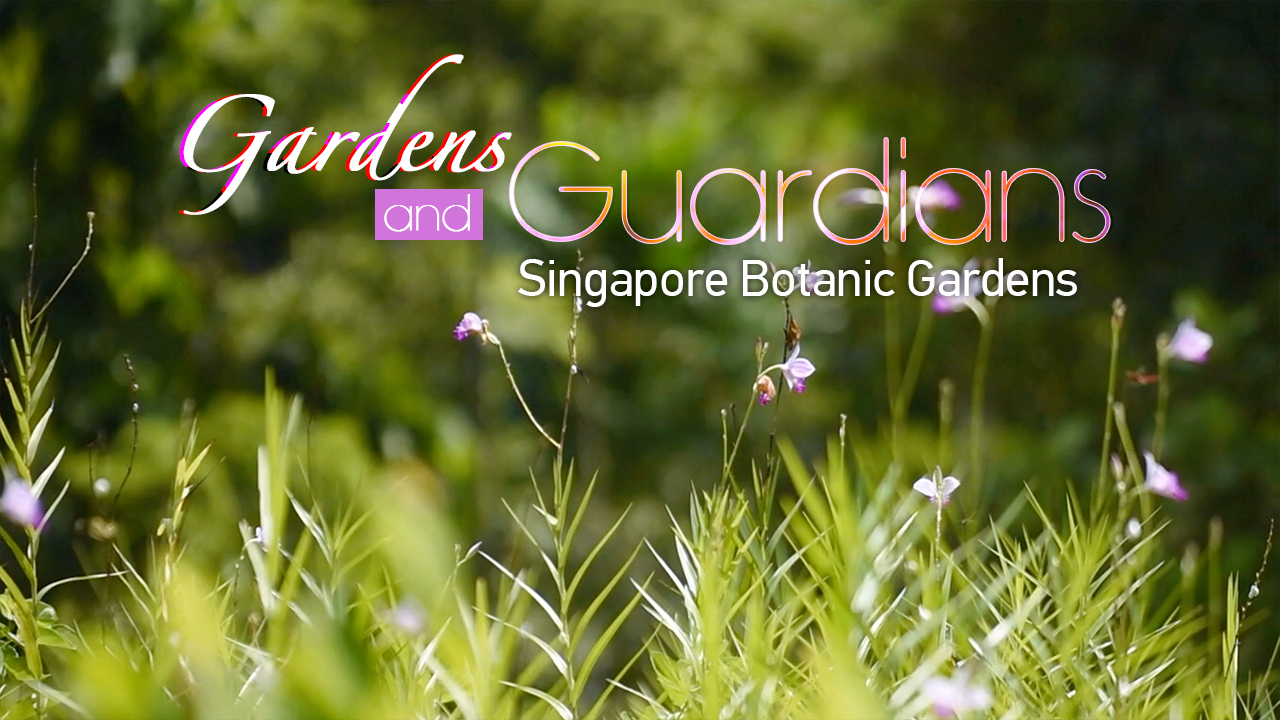08:00

Situated at the fringe of Singapore's bustling shopping district Orchard Road is a hidden gem – the Singapore Botanic Gardens. The 160-year-old tropical garden is the country's only designated UNESCO World Heritage Site.
Established in 1859 as a botanical research center for economic crops, it played a pivotal role in transforming the economic and social landscape of the Southeast Asian region when Henry Ridley, a botanist at the gardens, discovered several techniques to propagate and harvest rubber trees.
An economic boom ensued in the region with the rising demand for rubber and the invention of the pneumatic tire in 1888. Zestin Soh, a park manager, told CGTN what it takes to maintain the gardens and shared the conservation effects made to ensure that rare tropical species are propagated and kept alive in the region.
"My day-to-day job involves horticulture management. In simple terms that involves walking around the gardens, checking on the health of the plants," said Soh, adding "My background is in ecology, so it is a branch of biology that looks after ecosystems and in particular understanding how organism, animals and plants interact with their environment and looking at all these different relationships."
Now, the Singapore Botanic Gardens remains one of the foremost botanical research centers in Asia with an extensive collection of more than 10,000 types of plant species. It is also renowned for its living collections of orchids, gingers and cycads.
The Singapore Botanic Gardens is divided into four main gardens where visitors can study live specimens of native plants and rare tropical plant specimens. One of the newest attractions is the ethnobotany garden which showcases plants that were economically and culturally important, and were used for medicinal, food and crafting purposes in Southeast Asia.